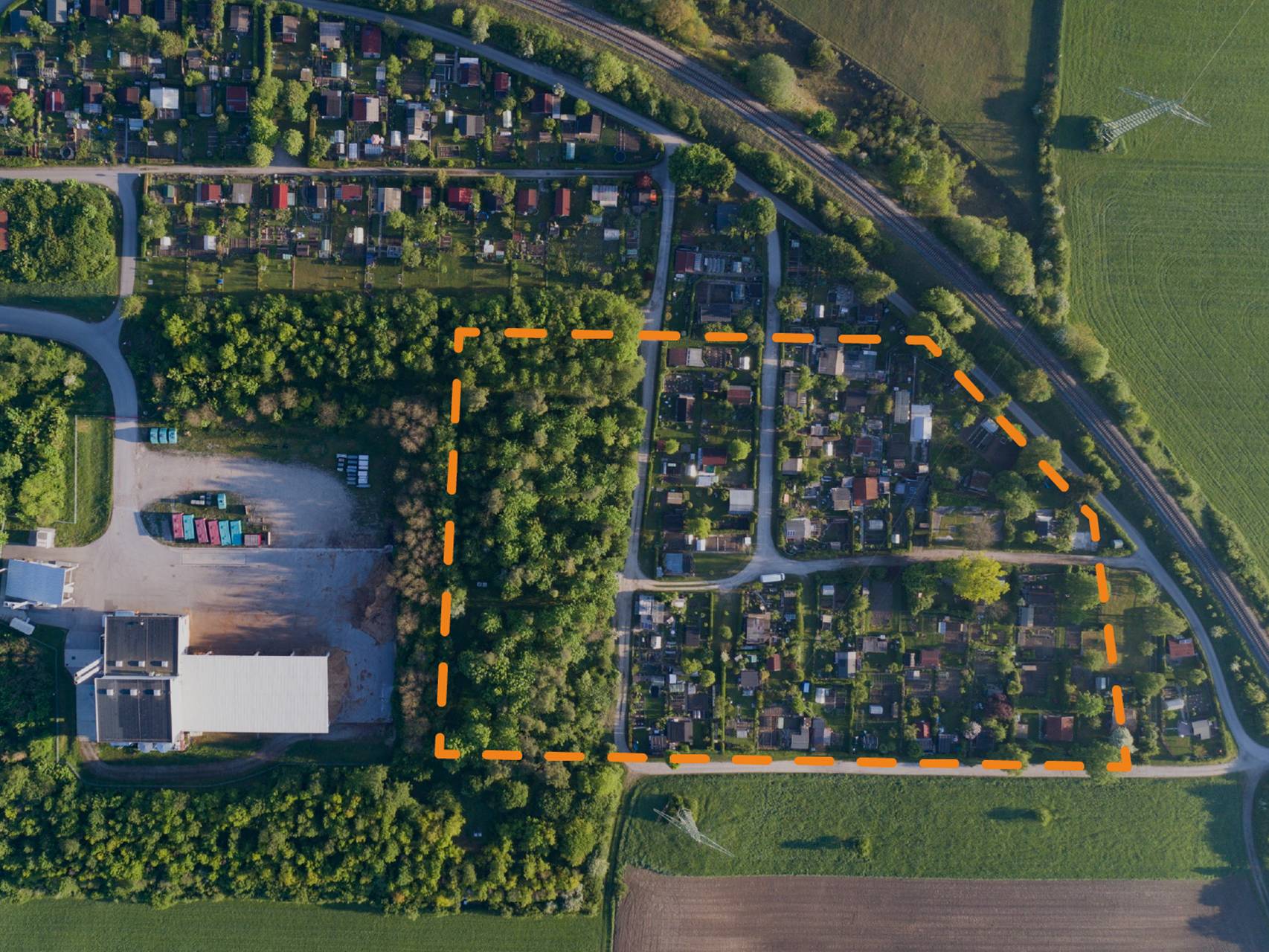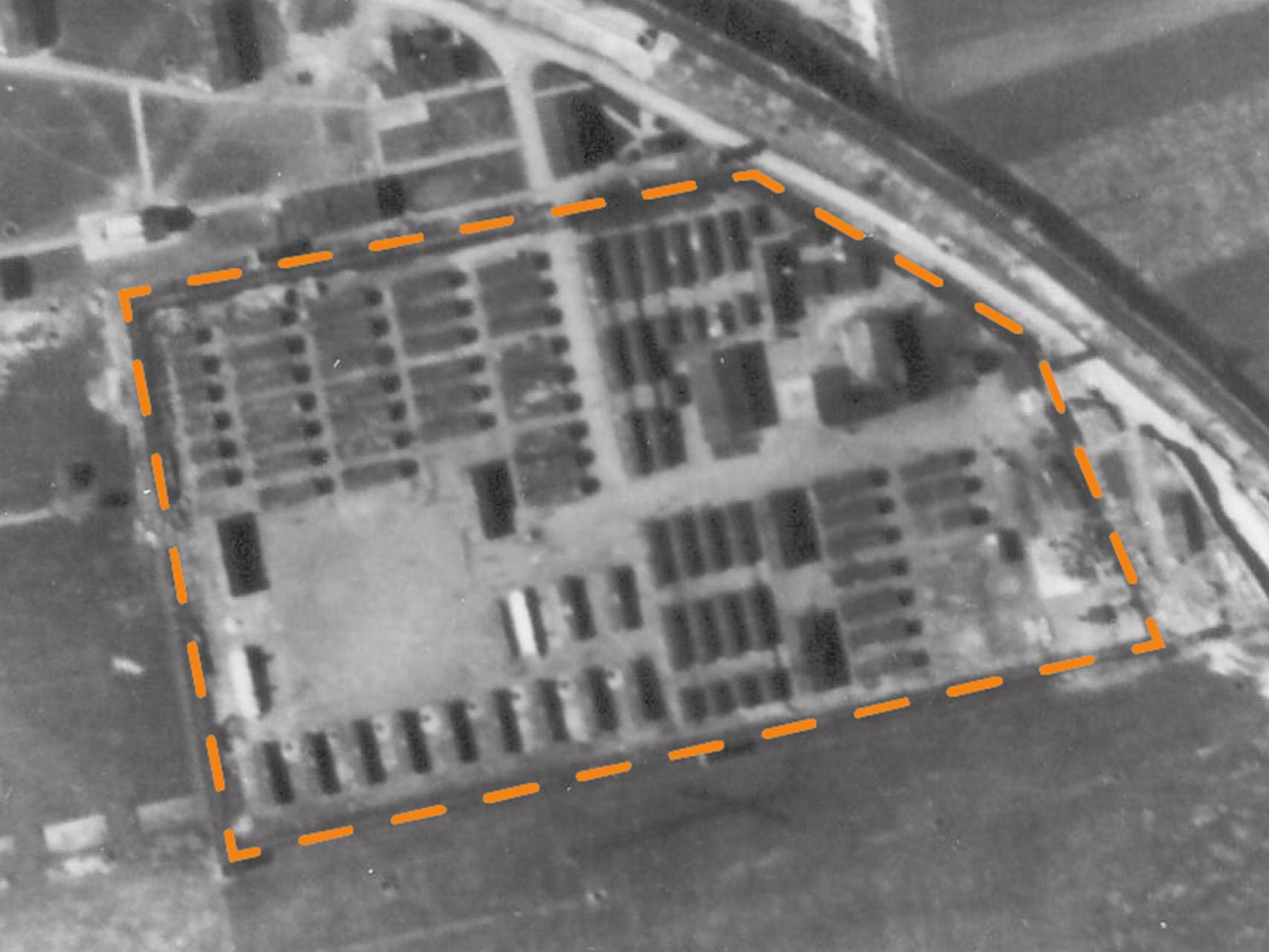Kaufering III (Kaufering)
On 17 June 1944, the first 22 concentration camp prisoners from Dachau concentration camp arrived at Kaufering. They were functionary prisoners. Only one day later, 1,000 Hungarian Jews were transported from Auschwitz-Birkenau concentration camp to the Kaufering III camp. Two concentration camp prisoners died during the two-day journey.
The camp was further expanded in the course of its existence. In addition to the earth huts to accommodate prisoners, there was a block for sick people, a Kapo and writing room, workshops, a kitchen, a clothing chamber and death chamber. A separate area was also created in the camp for female prisoners.
It was to be my first and last bath during my entire camp life since I had left Auschwitz in July 1944. At that time we were also shaved again. After we had washed ourselves as well as possible without soap, the guards hosed us down, for their amusement, with ice cold water. It was in the middle of the Bavarian winter, and I don’t know how we managed to avoid death from a lung inflammation.
– Jakob Bresler about the living conditions in the camp Kaufering III
The concentration camp prisoners were used as forced labourers for railway and concrete works on the nearby bunker construction sites.
The SS destroyed the camp’s files and books during the evacuation. The Camp Senior, Viktor Nečas, managed to save the camp book, however. It is now in the possession of the Jewish Museum in New York City.
Today an allotment site is located on the former camp premises. The municipality of Kaufering erected two memorial stones, and, in 1993, a display board at the only remnant of Kaufering III concentration subcamp complex; namely a concrete foundation of a demolished functional barracks.
For more in-depth insights into the Landsberg/Kaufering subcamp complex, click here to go to the overview page.



